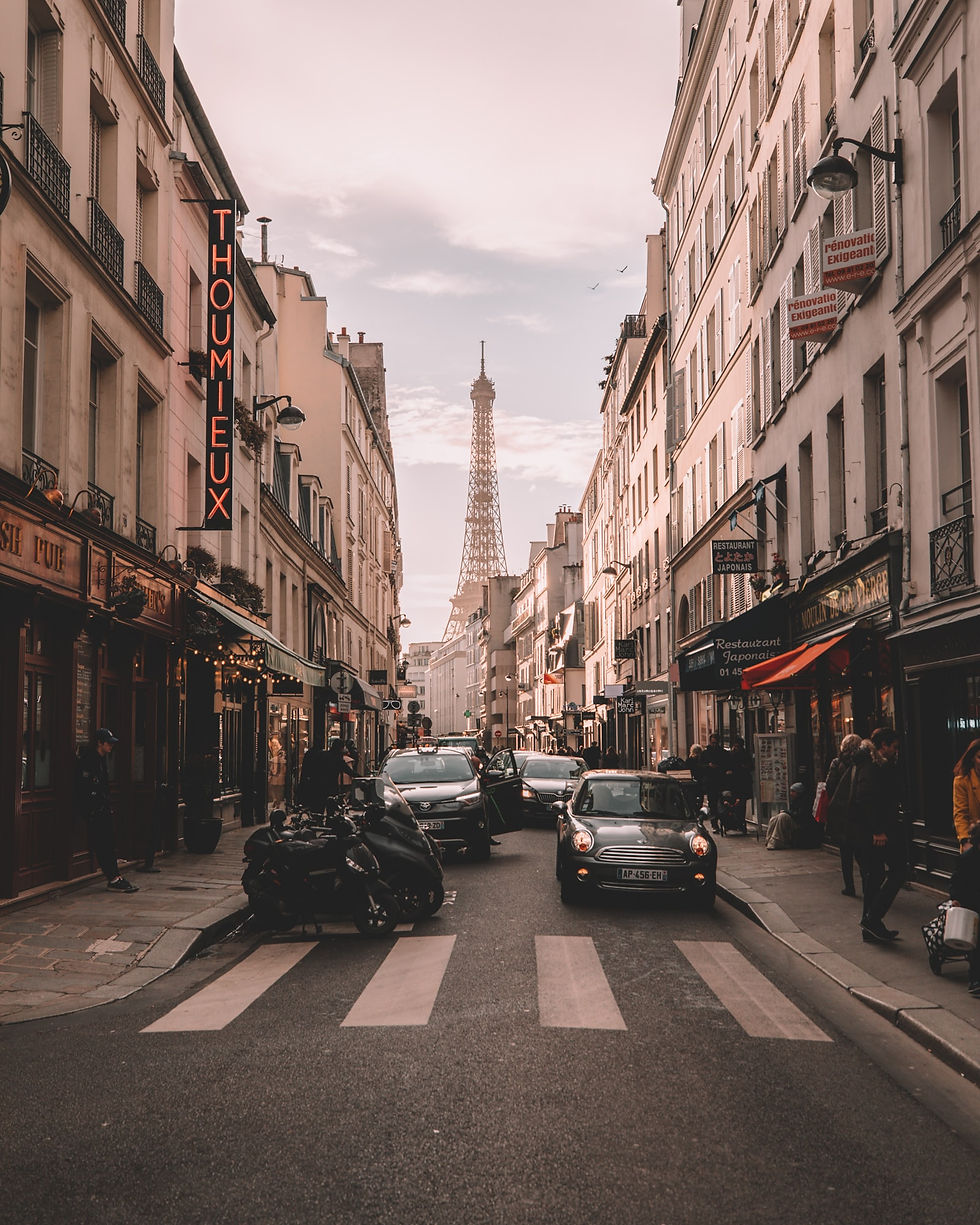East is East, and West is West, and never the twain shall meet?
- Xing Chen
- Dec 31, 2020
- 3 min read
In his poem “The Ballard of East and West”, Rudyard Kipling asserted that the culture of the will always be very different from that of the East. Fast forward two centuries later, one questions if Kipling would maintain his stance if he were still alive.
The world has shrunk since 1892 resulting in an unprecedented co-mingling of cultures. Many Asian cultures are now accepted and entrenched in the West – from exercise, to food to fashion and even technology.
Yoga

Photo by Avrielle Suleiman on Unsplash
The ancient practice of Yoga goes a long way back – over 5,000 years – and can be traced to Northern India. According to legends, the god Shiva was the first yogi or Yoga instructor who attained enlightenment in a place called Mount Kailash.[1] Enlightenment is the true essence and origin of yoga.
Yoga was “exported” to the West in the late 1800s/ early 1900s when Indian Yoga masters began to travel to the West. Yoga really took off in the United States when yogi Indra Devi opened her first Yoga studio in Hollywood in the 1940s. Since then, a steady stream of yogis expounding their own forms of yoga added to its popularity and following.
Today, one dare says that yoga as a larger following in the West than the East. Perhaps it is the intermix of the mystic with the physical that draws its Western practitioners.
Unsurprisingly, yoga’s popularity has resulted in a proliferation of related businesses from outfits to accessories that are in turn re-exported to the East. Talk about seamlessness.
Food

Photo by Mgg Vitchakorn on Unsplash
Cuisine as an important element of culture and is one of the most easily globalised.
Asia offers a variety of cuisines and specialties, thanks to its myriads of countries. Even within a country, there are regional differences.
The infiltration of Asian cuisine into the West can be attributed to the Industrial Revolution when migrants and indentured workers from the East make their way to Europe and the Americas to work on railroads, mines and more. Along with them came their food and cultural practices.
Even before then, it is believed that the globally popular Italian pasta originated from China based on the writings of Macro Polo’s “The Travels of Macro Polo”, he had dishes similar to macaroni during his visits in China. From that brief passage, a legend arose that the explorer must had introduced noodles to Italy and, over time, it evolved and became pasta as we know it today.
Hence, a visit to Europe and/or the Americas the ubiquitous Asian restaurants can be even in the most unlikely locale. Their menus may be localized – who the heck was General Tsao and why is his chicken so popular? Or for that matter, where does “chop suey” fit in? Not forgetting the Indian pancake!
Truly in food, the East and West have met.
Hallyu sweeps the West

Photo by Hiu Yan Chelsia Choi on Unsplash
Korean pop (K-pop) or Hallyu (Korean wave) burst on to the US entertainment scene in 2012 with PSY’s “Gangnam Style”. With its supercharged upbeat music and outrageous dance steps, it became the first Korean music video to top a billion stream on YouTube.
From then on it was no stopping the tide be it a shoutout to SHINee by President Barack Obama, BTS topping the US music charts, Blackpink appearing live at Coachella or Parasite winning the best picture at the Oscars.
In the arts, the meeting of two cultures has indeed resulted in some of the most unexpected and mind-blowing results.
The truth of the matter is, no culture can survive on its own and, certainly, there is no basis to declare that one is superior to another. It is when peoples of varied cultures respect and accept each other and learn to adopt and adapt of best of one another that the world will thrive.
[1] Bira, The Origin of Yoga and History of Yoga: A Brief Glance, 2019, Retrieved 8 October 2020 https://www.yogiapproved.com/om/origin-of-yoga-history-of-yoga/





Comments